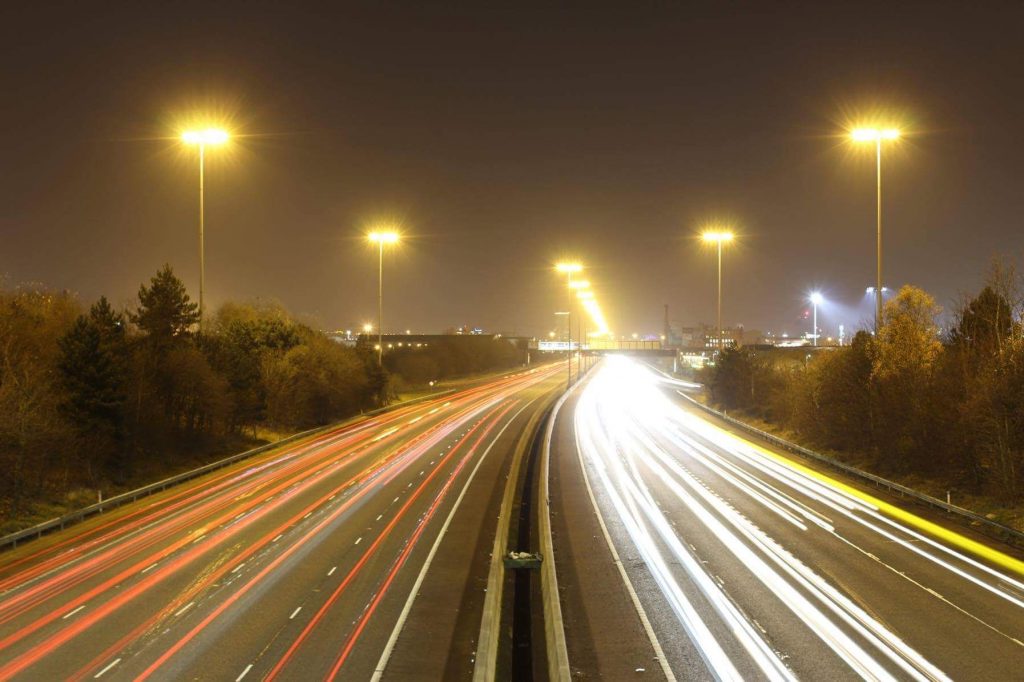The identification of a pipeline of infrastructure projects will be well received by the construction sector bringing a higher degree of certainty to future workflows and assisting in long-term planning, Colliers says

The National Party, poised to lead the next government, will be expected to deliver on its campaign promises. This includes its package of infrastructure projects, “Transport for the future”, which comprises an investment of $24.8 billion over 10 years on 13 roads of national significance, public transport projects in Auckland and the lower North Island, and a range of resilience upgrades.
Spending on infrastructure schemes will support the economy and create jobs during the delivery phase while modernising and increasing the resilience of New Zealand’s infrastructure over the longer-term.
National has also signalled that its long-term vision is to connect Whangārei, Auckland, Hamilton, and Tauranga with four-lane highways.
Where will benefit?
While the high population upper North Island centres will be the main beneficiaries of the infrastructure spending, National’s proposals will see investment across the country. It is committed to improvements to the motorway system north of Auckland, while the city itself will see significant investment in public transport.
State Highway 2 in Hawke’s Bay will benefit from investment, and there is support for a second Mount Victoria tunnel in
Wellington.
Christchurch will see further investment in its motorway network, while a second bridge will be built in Ashburton.
Property sector benefits
1. Improved Accessibility and Connectivity: New roading and rail links will enhance accessibility and
connectivity, facilitating the development of new greenfield residential subdivisions to accommodate
forecasted population growth. These new residential areas will stimulate demand for local retail services, as
well as new entertainment and hospitality facilities.
2. Increased Workload for Consultants: The design phase of infrastructure projects will lead to a rise in
workload for consultants. This, in turn, will spur employment growth and an increased demand for office
space across various centres due to the geographic spread of the projects.
3. Enhanced Commuter Corridors: Improvements to commuter corridors will allow for more substantial
intensification of residential, office, mixed-use, and retail space at or in proximity to transport hubs.
4. Boost to the Industrial Sector: The rollout of infrastructure projects will create significant opportunities for
the industrial sector. Increased demand will be observed during and post-development, particularly from the
construction sector as it scales up to meet project requirements.
5. Benefits for the Logistics Sector: In the longer term, the logistics sector will experience clear advantages as
the national transport network receives a substantial proportion of funding. The expansion of motorways,
expressways, new rail lines, and increased electrification will enable the growth of existing and new logistics
hubs, inland ports and last-mile distribution facilities in an increasingly online retail economy.
6. Cost Reduction in Travel: The reduced cost of travel on higher quality, modern highways will promote
increased agglomeration of businesses and employment. This, in turn, will lead to improved productivity in
economic sectors, especially in services, wholesale and trade, and manufacturing.
7. Sustainable Development: Investments in public transport and road infrastructure with a focus on sustainability (e.g.,
public transit, cycling paths) contribute to environmentally friendly urban development.







